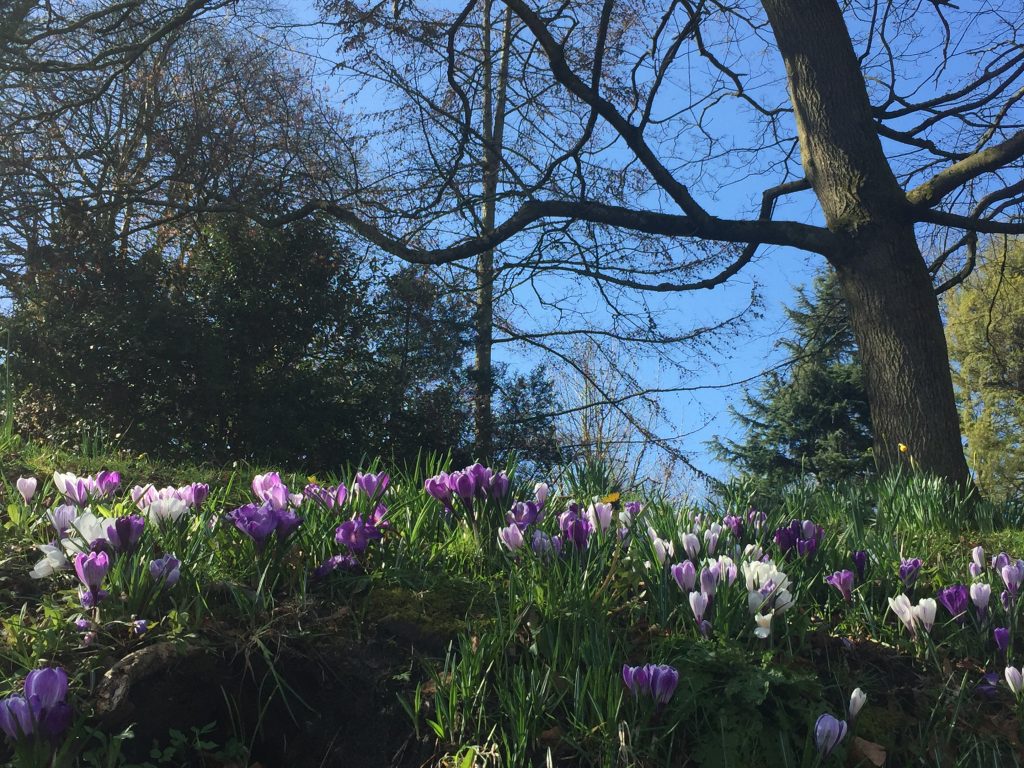
I couple of weeks ago during a rehearsal of my chamber music group we happened to sight read through an arrangement of Ketelbey’s ‘In a Persian Market.’ This brought back memories of my childhood when my dad used to give me music for birthday and Christmas presents. The pieces were usually ones that he had grown up with, and one of them was ‘In a Persian Market.’ I’m pretty sure I still have the sheet music he gave me. When it was first published, in 1920, in a version for piano, it was advertised as an “educational novelty”. It had an orange and back cover and at one point there are words: A chorus of beggars sings: “Baksheesh! baksheesh Allah;” passers-by sing “Empshi” (“get away”). One of our group commented on how such words are now politically incorrect and ‘you certainly couldn’t sing that now where I live.’ On further conversation I ascertained that he lives in Keighley, a town close to Haworth, which I can get to easily by bus, over t’ tops, one of my favourite bus rides in fact. ‘Is there anything in particular i should see in the town?’ I asked. ‘Well, there’s Cliffe Castle about 15 minutes walk from the bus station.’
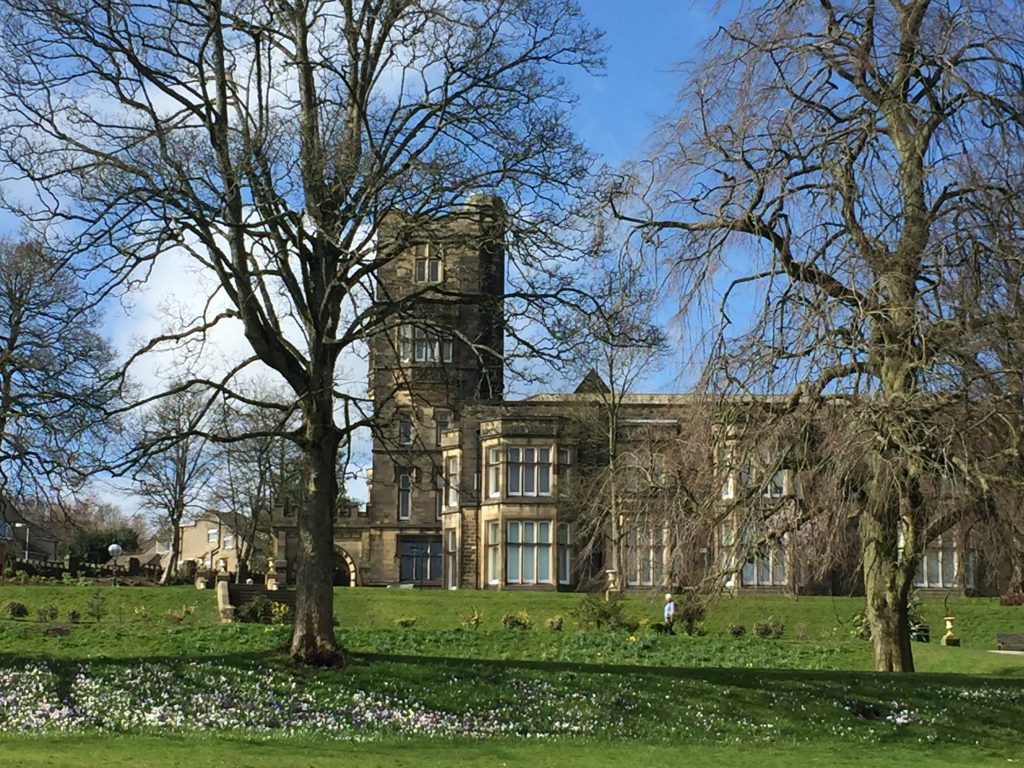
So here I am, on a beautiful sunny day, scatterings of snow clinging to the bases of the walls on the moors for their very existence. Dropping down into Keighley I decided to explore the town if I had time on my way back but for now I walked up the hill for 15 minutes, past a large park, and saw from the neat castellated wall that I must be close to the castle. I’d checked the opening hours, and the fact that it had a cafe and housed a museum, but apart from that I didn’t know anything about the place. I headed for the cafe, housed in a large conservatory, and settled down to look around me.

From this vantage point on the hill the grounds of the ‘castle’ were laid out with lake and fountains, winding pathways, and on the other hillside across the valley were the barren moors. At one time a series of conservatories connected this building to the main house but some have been removed. A winged dragon tops a roof of the main house while a tall turret looms over the rest of the house in a most imposing manner.
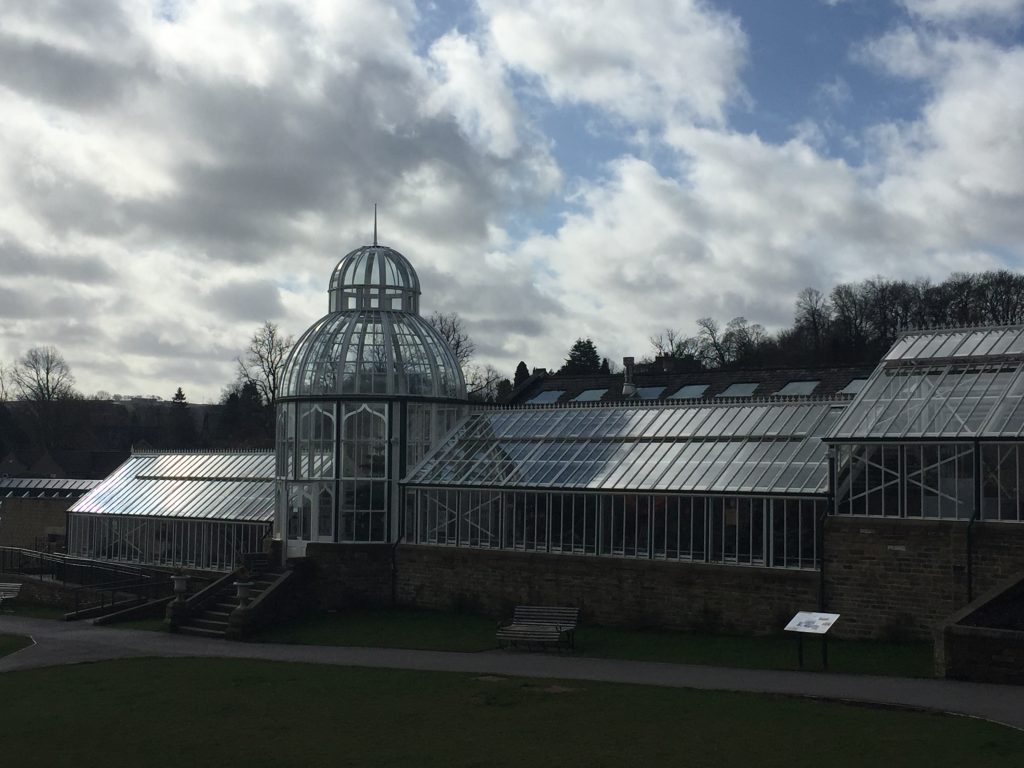
I explored the conservatories, one having a really wonderful collection of cacti and succulents, beautifully arranged, and, as aa feature I always remark upon, there are boards and comments set up to delight children – another example of the way in which British children are ‘educated’ for free. For yes, entrance to this entire complex is free!
In this case children (and adults!) are asked to find 6 hedgehogs that are hiding amongst the cacti. One of the glass houses now hosts a small collection of birds and rodents.

Then on to the main house. I was met by a helpful docent and given a map and off I went to explore. He suggested I start in a room containing a timeline. It also acted as the lunch room for visiting school parties, one of which had deposited their backpacks there as they went on tour.
Cliffe Hall was built by Christopher Netherwood between 1828 and 1833, and designed by George Webster of Kendal a gothic revivalist. The Butterfields, a textile manufacturing family, bought Cliffe Hall in 1848. Henry Isaac Butterfield transformed the building by adding towers, a ballroom and conservatories from 1875 to 1880, and renamed it Cliffe Castle in 1878. He decorated the building with the griffin motif, which he had adopted as a heraldic crest. Cliffe Castle was originally the home of Victorian millionaire and textile manufacturer, Henry Isaac Butterfield. Completed in the 1880s the building was funded by the Butterfield family’s industrial empire which included wool textile mills and a shipping business that took British goods to Europe, America and China.

The completed house was a showpiece of international art and French decoration. It was the scene of many glittering social events. Butterfield family connections included the Roosevelt’s of America and members of the court of Napoleon III. By 1887, the Cliffe Castle Estate had around 300 acres. The son of Henry Isaac Butterfield (1819–1910) was Sir Frederick William Louis Butterfield (1858–1943). In 1916, Sir Frederick became Major of Keighley and held that title until 1918 when he hosted a visit to the town by King George V and Queen Mary on 29 May of that year.
In the 1950s the Castle was bought by Sir Bracewell Smith, a local man who became Lord Mayor of London. Sir Bracewell used architect Sir Albert Richardson to turn Cliffe Castle’s gardens into a grand public park and remodelled the Castle to be a free museum for the people of the district.
The 4 living rooms contained a wealth of sumptuous statues, fabrics, furniture and painting, way beyond what I had anticipated. One room was designed as a music room with a Bluthner grand piano. When I left the house the helpful docent asked if I’d be interested in coming to a music performance there. I offered to give a performance and gave him my card!

Part of the house is a museum. In recent years Cliffe Castle has undergone a major restoration. Visitors can see sparkling Victorian rooms and furniture, paintings, and decorative art. Special galleries deal with natural history, archaeology and social history, all of which can be seen on your visit along with the internationally important display of stained glass by Morris and Co.

The Airedale Gallery explores the fascinating geology of the district from the birth of Earth through to the formation of the underlying rocks that define the district and on to the shaping of the landscape during the last Ice Age. The gallery explores the Carboniferous Coal Measures and Millstone Grit that are famous for fuelling the Industrial Revolution that led to the birth of industrial towns & cities like Keighley, Bradford & Leeds. Throughout the gallery the visitor can view a myriad of ancient fossils from the familiar ammonites and ichthyosaurs of the Jurassic to the internationally important holotype of the early tetrapod Pholiderpeton scutigerum.
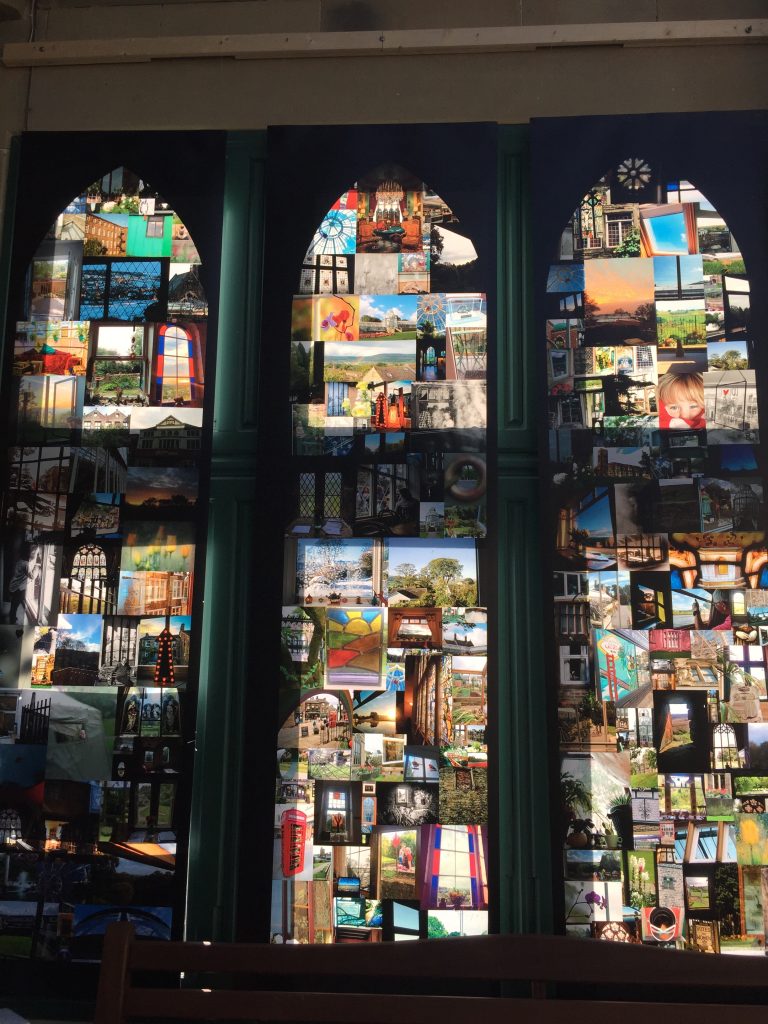
Another section explores the geology of rocks and minerals where visitors can learn how to identify different minerals and rocks or just enjoy the colourful beauty of what has been described by the former head of the Geology Museum as ‘…probably the best, as regards the range and quality of its minerals and its design, outside the major national museums’. There’s a natural history section too!
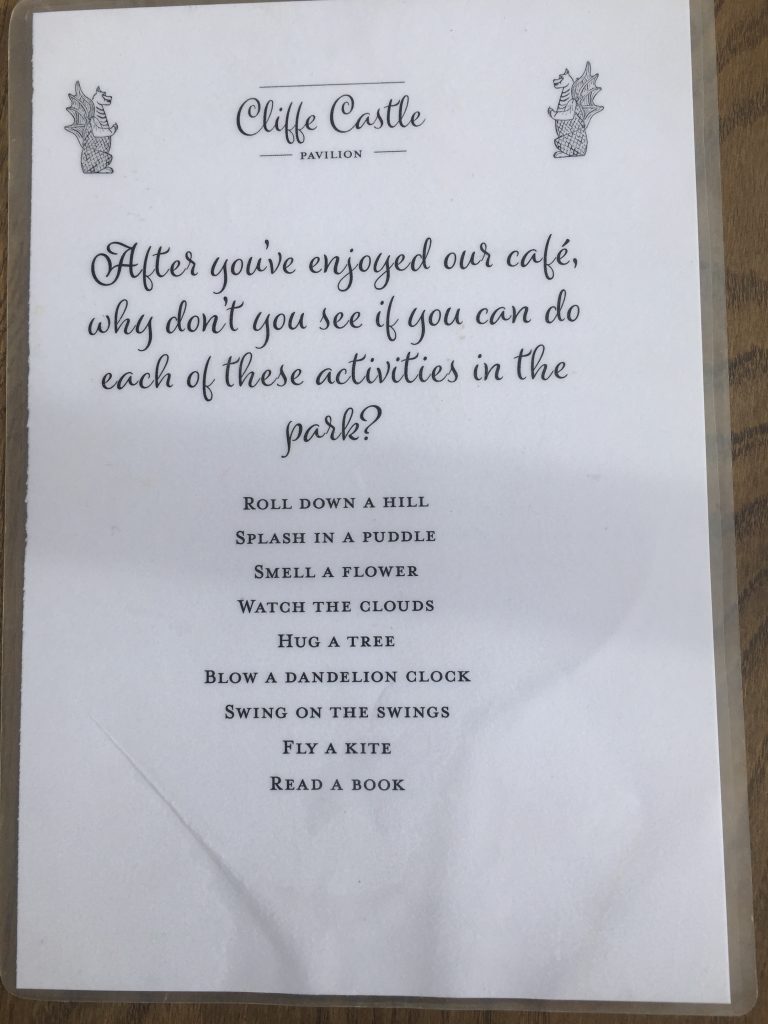
After a couple of hours I was overloaded with information and headed back to the cafe, had lunch and then explored the grounds which were just coming into their major Spring displays with crocuses and daffodils on the banks. Getting back into the town I did a bit of wandering, finding a street of Victorian buildings glistening a warm gold in the late afternoon sunshine. The street reminded me of Harrogate – not two town normally uttered in the same breath. I also saw an imposing building with Keighley Cycling Club etched in stone, and a large building, home to Keighley library, the first public library in England. Amazing!
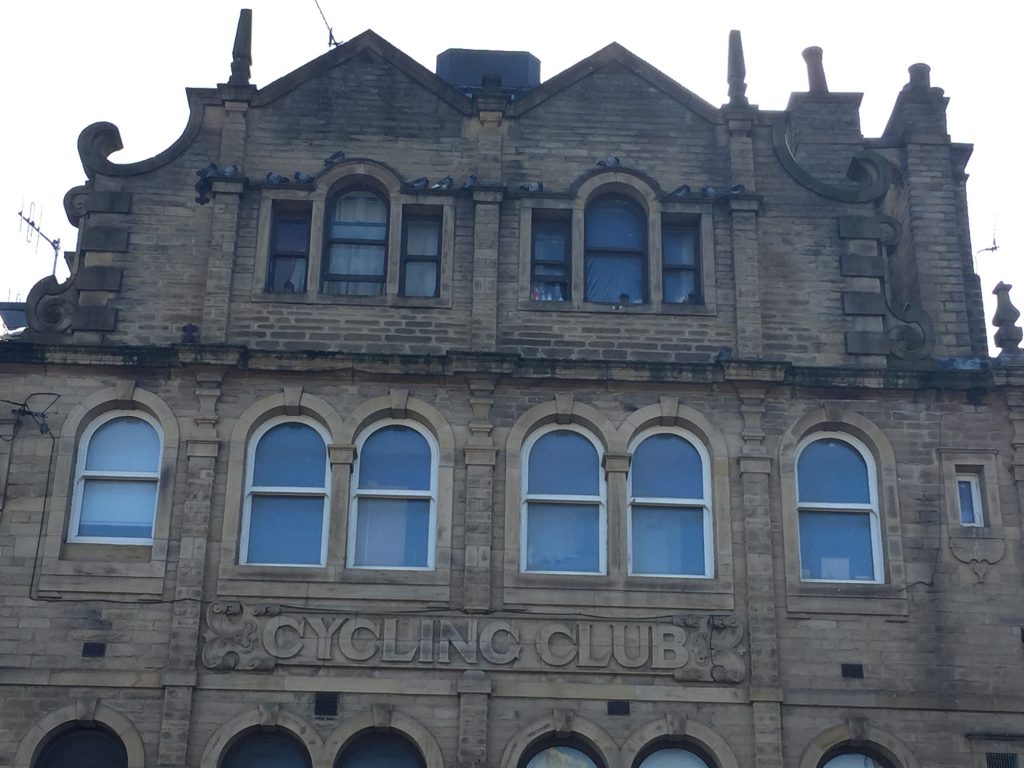
Then last night on Radio 4 I suddenly heard ‘Keighley’ and it turned out to be a documentary about this man: Asa Briggs, Baron Briggs was an English historian. He was a leading specialist on the Victorian era, and the foremost historian of broadcasting in Britain. Briggs achieved international recognition during his long and prolific career for examining various aspects of modern British history. Apparently he was one of the leaders who tried to preserve the Victorian buildings of Keighley during the 1960s when towns were stripped of their beautiful old buildings in an attempt to ‘modernise.’



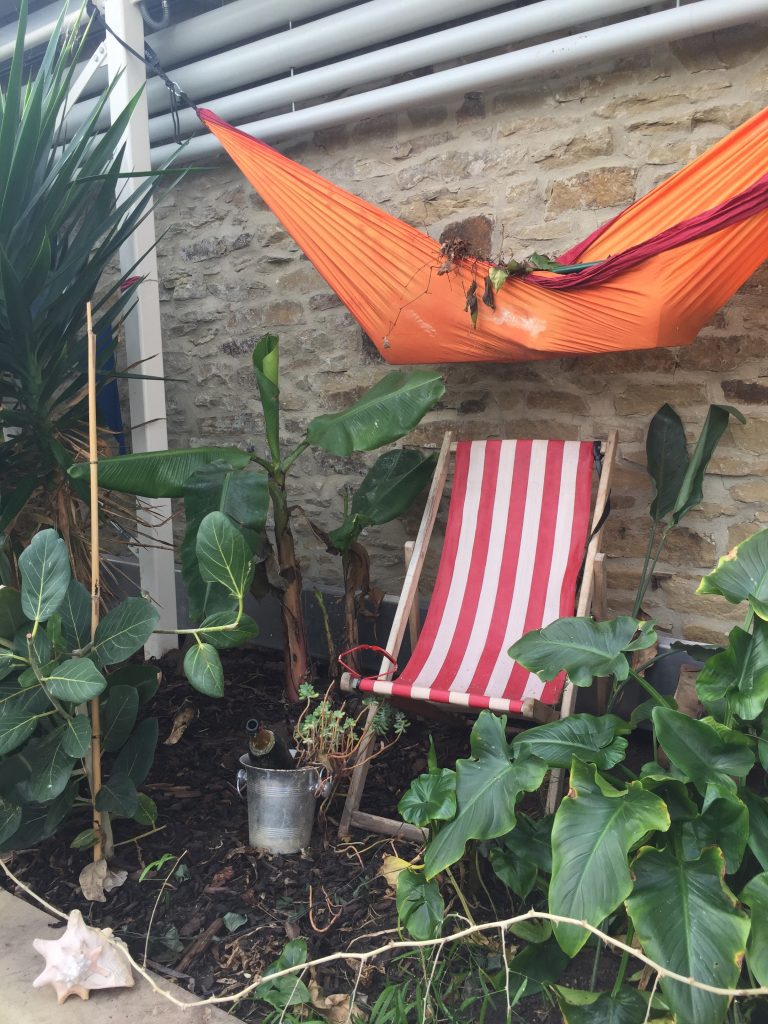
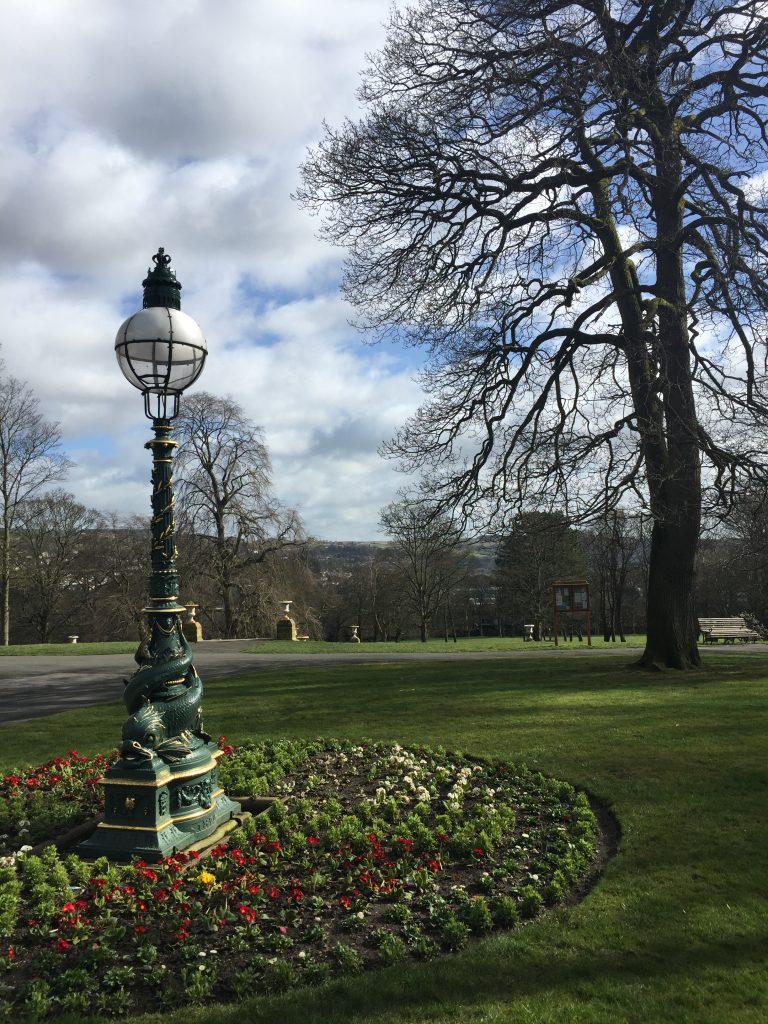
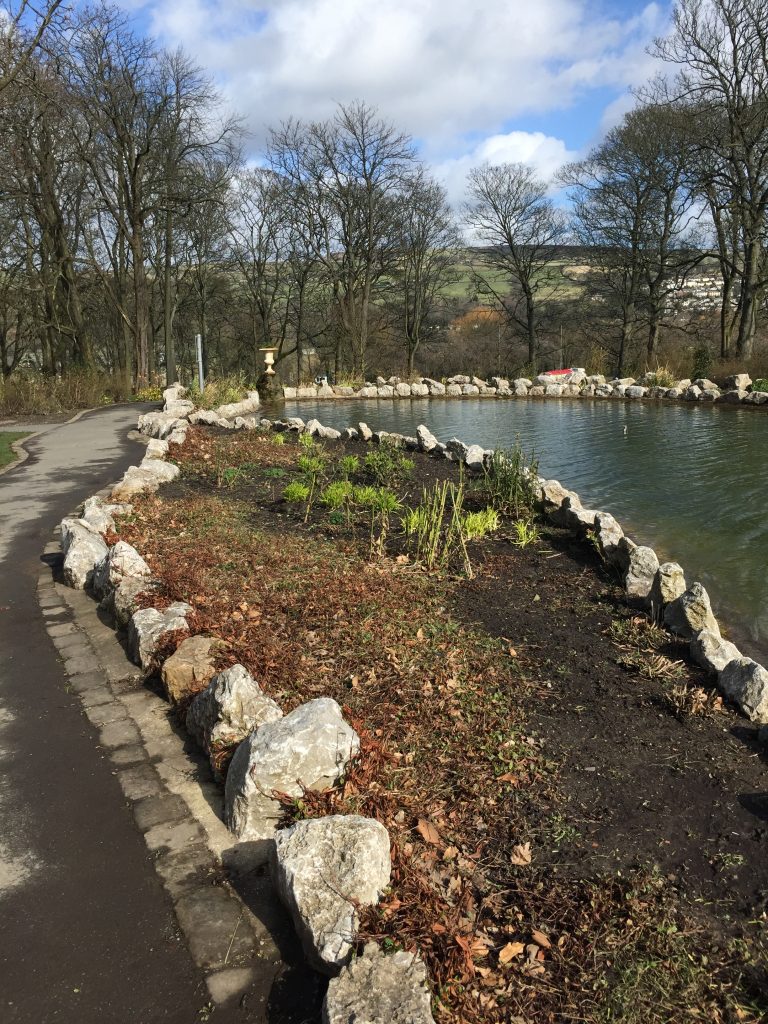
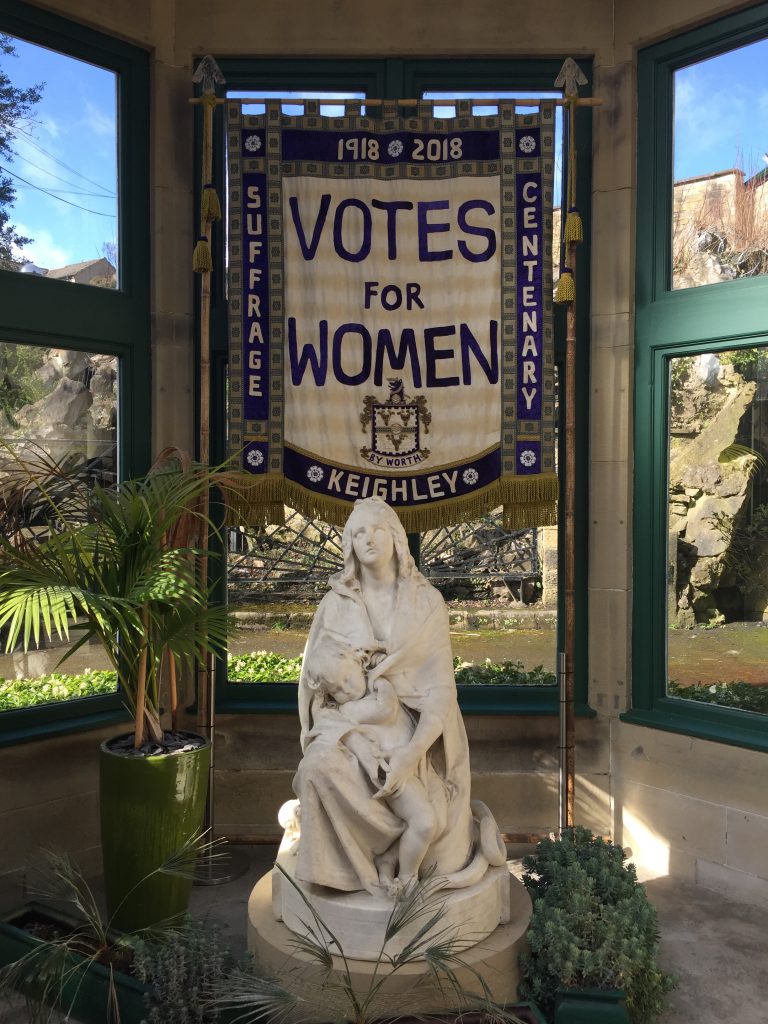
Thank you so much for an enjoyable stroll down memory lane. I was at Greenhead School and would often walk through the gardens of Cliffe Castle on my way to the bus station.